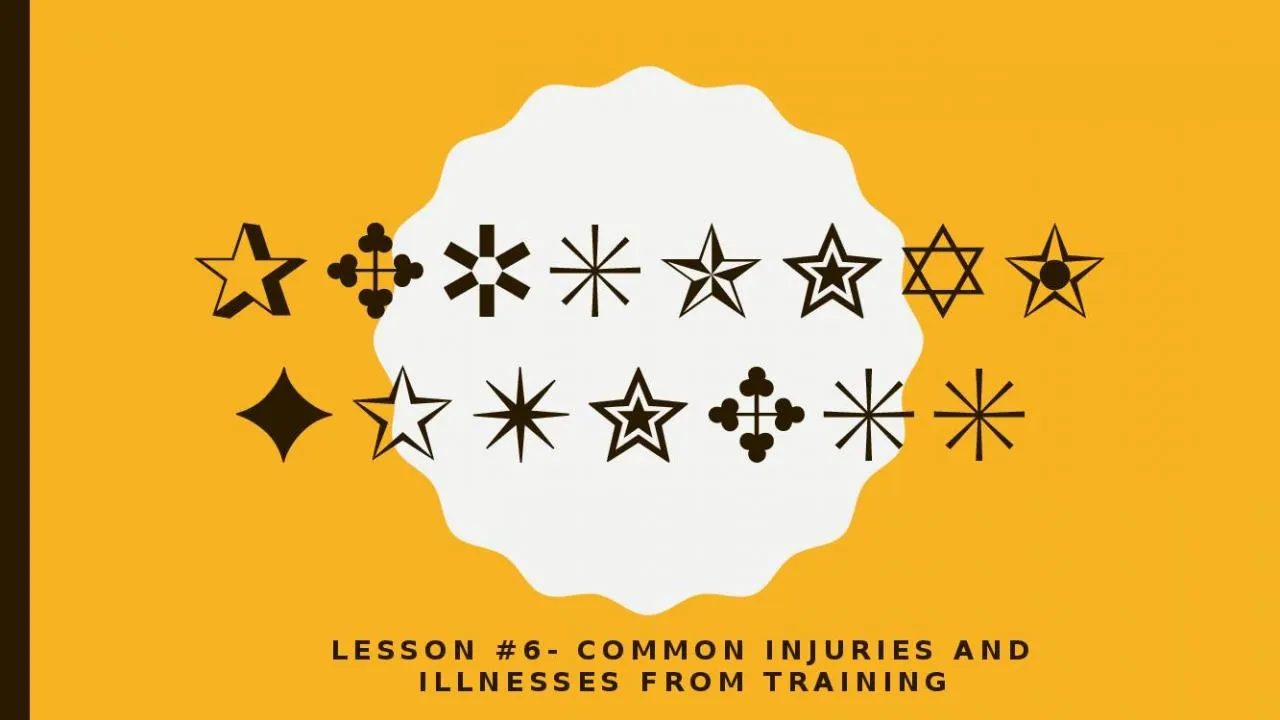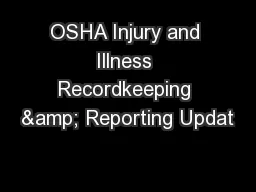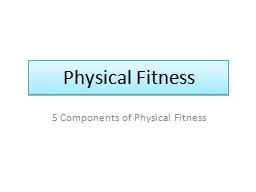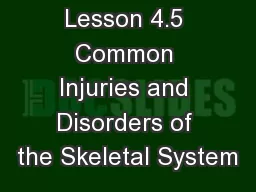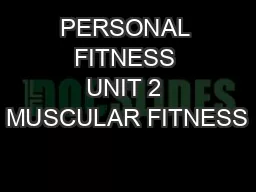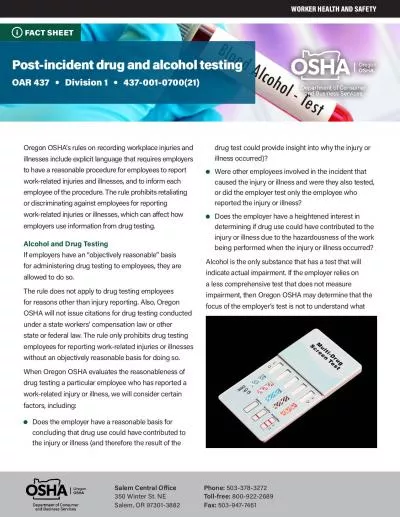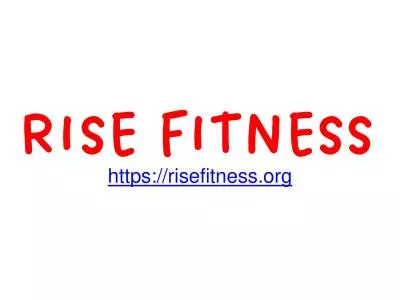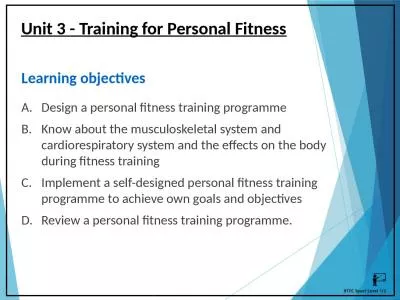PPT-Personal Fitness Lesson #6- common injuries and illnesses from training
Author : iris | Published Date : 2022-05-18
Injuries Chronic Injuries result from overuse or training exs shin splints stress fractures Acute Injuries result from an accident that occurs while participating
Presentation Embed Code
Download Presentation
Download Presentation The PPT/PDF document "Personal Fitness Lesson #6- common inju..." is the property of its rightful owner. Permission is granted to download and print the materials on this website for personal, non-commercial use only, and to display it on your personal computer provided you do not modify the materials and that you retain all copyright notices contained in the materials. By downloading content from our website, you accept the terms of this agreement.
Personal Fitness Lesson #6- common injuries and illnesses from training: Transcript
Download Rules Of Document
"Personal Fitness Lesson #6- common injuries and illnesses from training"The content belongs to its owner. You may download and print it for personal use, without modification, and keep all copyright notices. By downloading, you agree to these terms.
Related Documents

